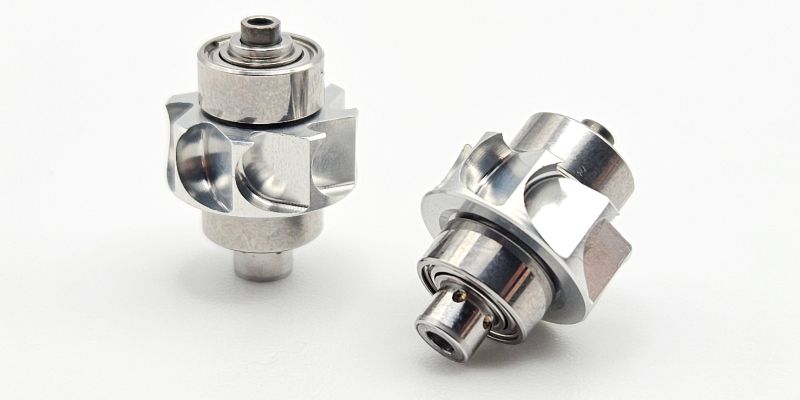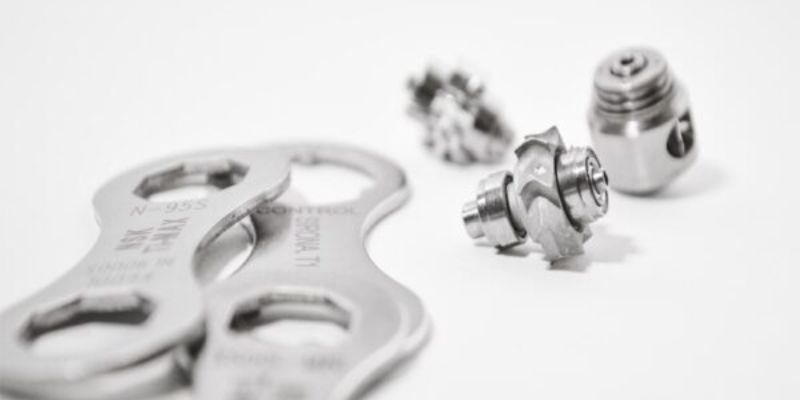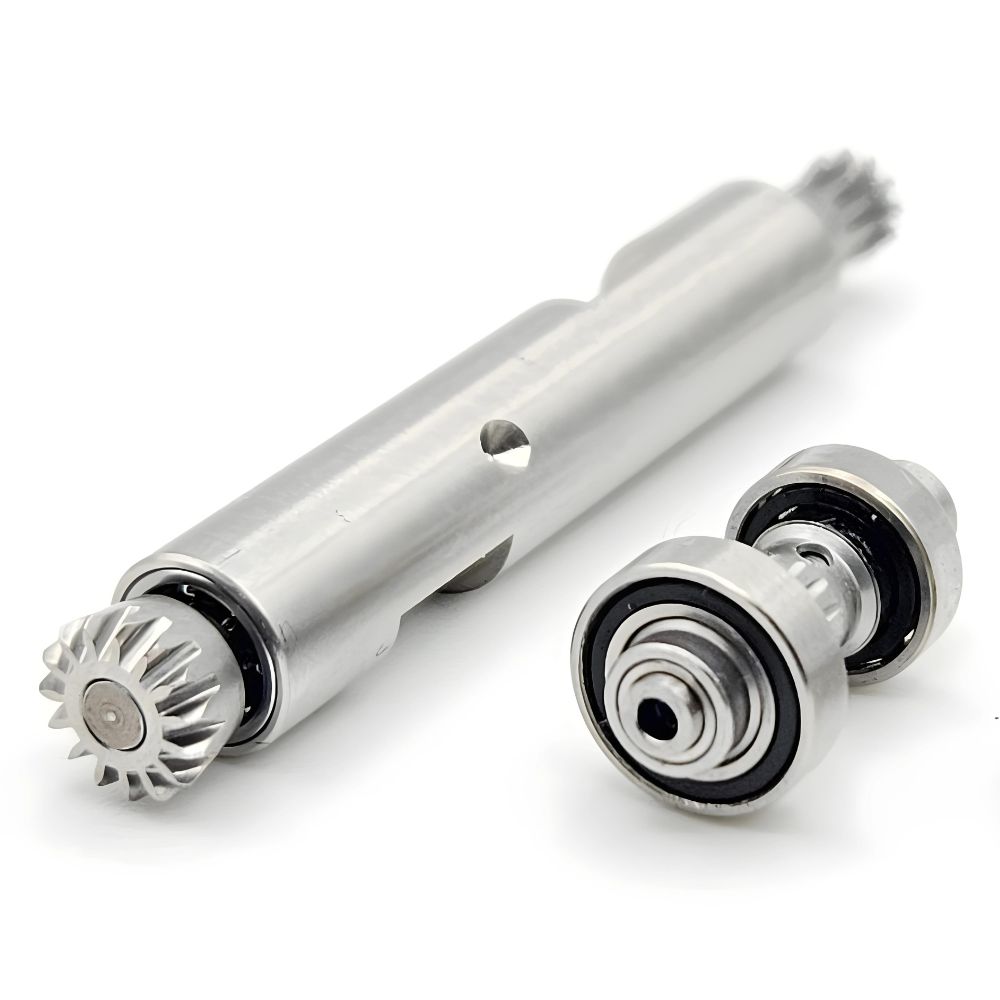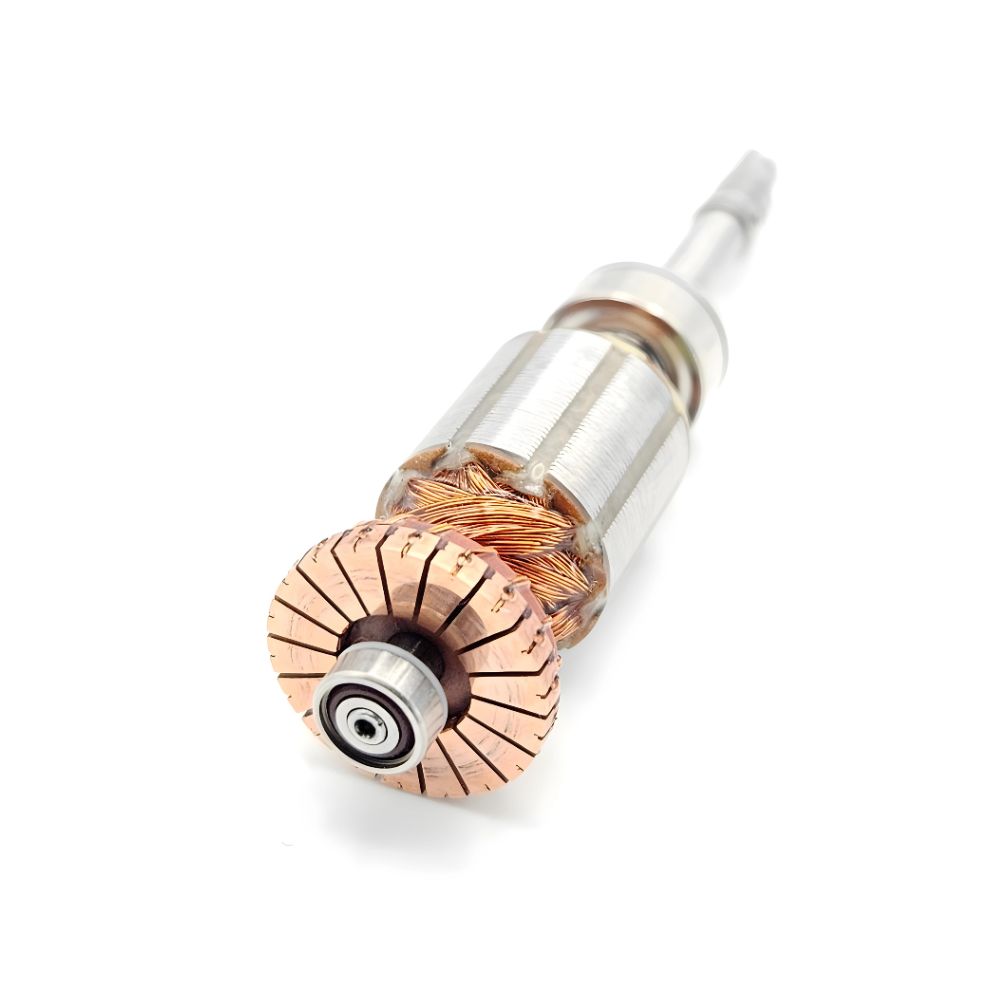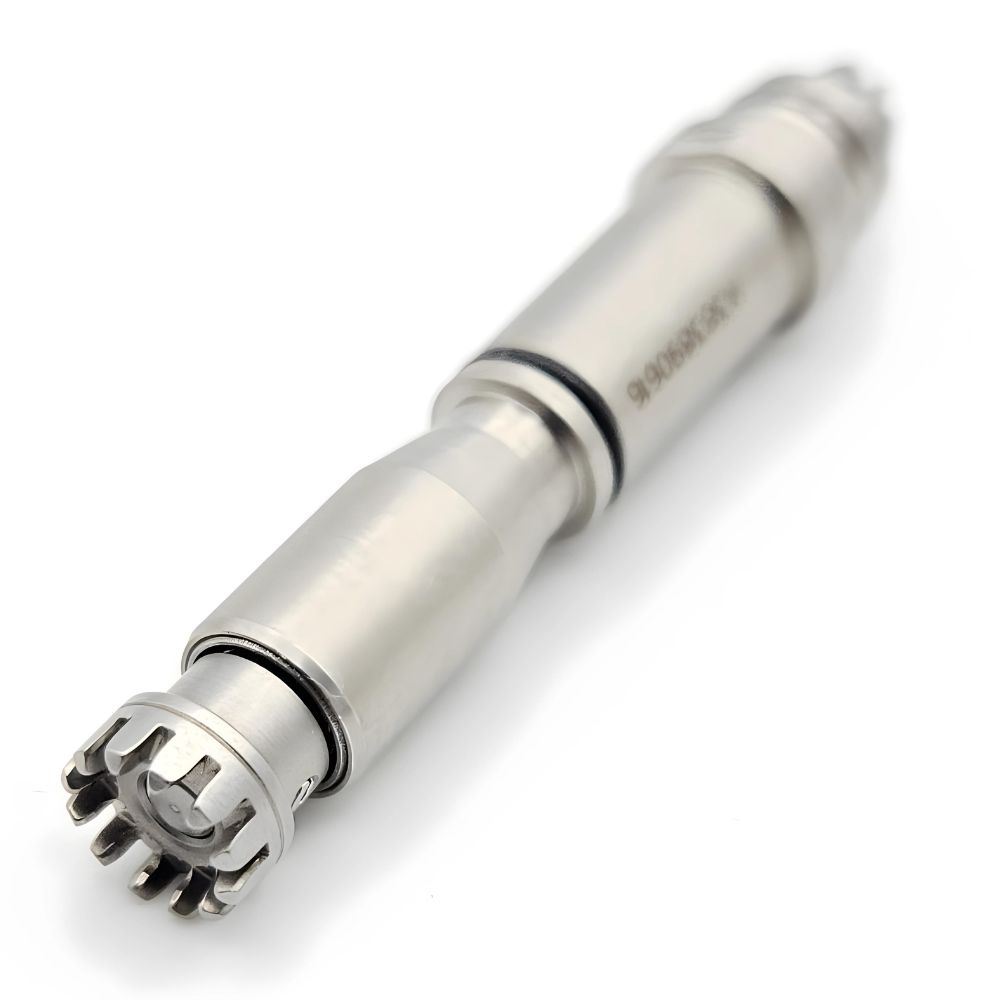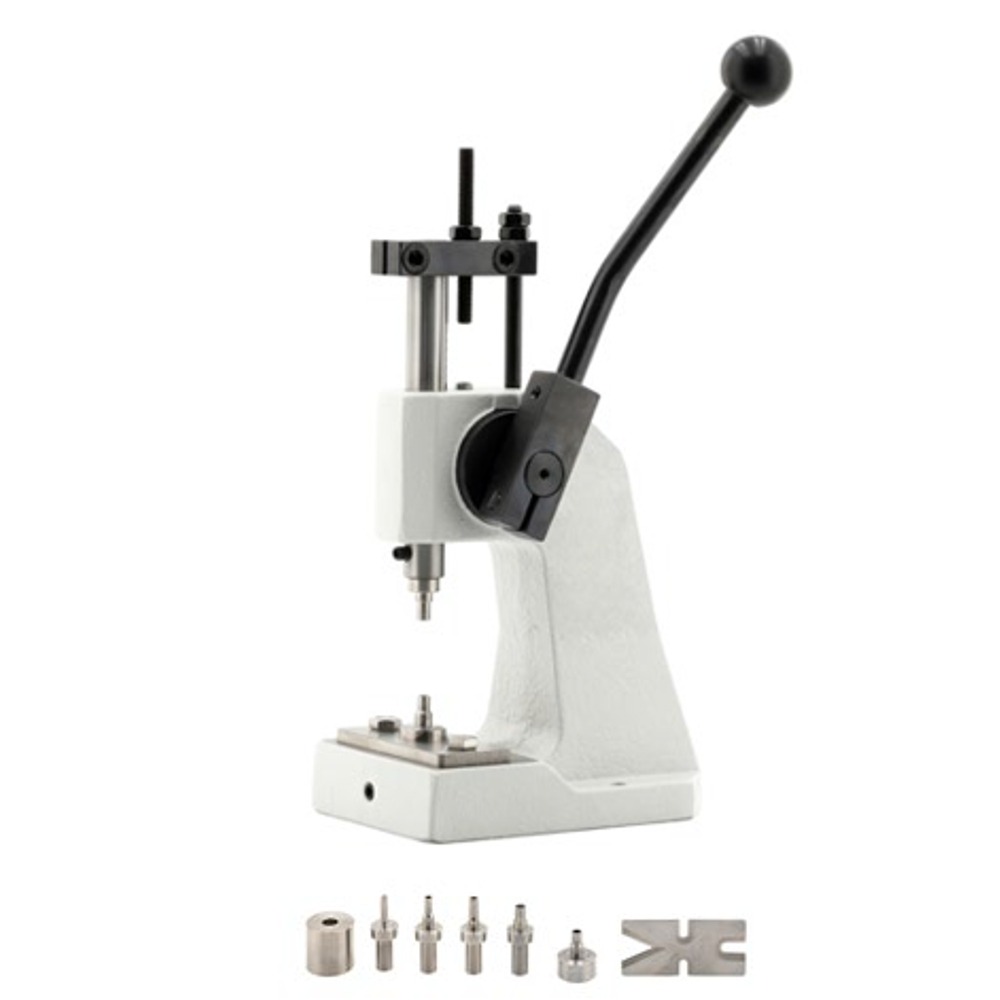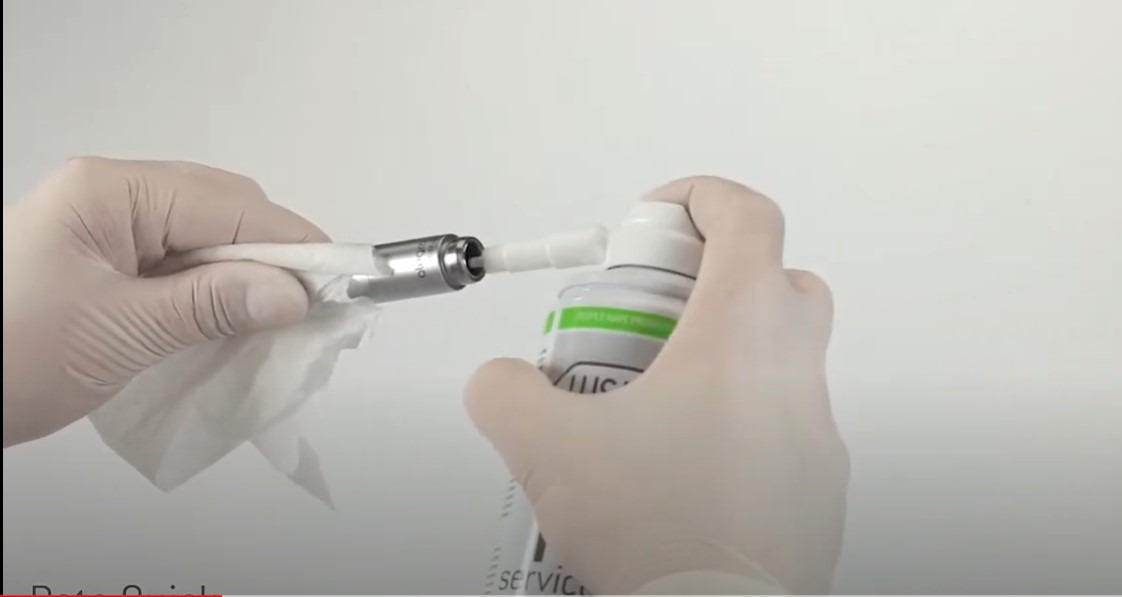10 Rules to respect for Handpiece Maintenance
Handpiece Maintenance
10 Rules to Follow for keeping your Handpieces lifetime longer
Dental maintenance of the handpiece at high-speed speeds as well as low-speed handpieces are continuously employed in dental places of work and in clinics across the globe. It is crucial to maintain them in order to ensure that the handpieces will last longer and are in good working order with your dental equipment. Here are 10 essential tips for the maintenance of the handpiece.
1. Never place it under cool water to cool.
An abrupt change in temperature can cause changes in the structure that the handpiece is made of. It is better to stay clear of sudden changes in temperature in order to prevent cracks from forming.
It is important to avoid placing handpieces under cool water to cool them for the purpose of prolonging their lifetime because sudden temperature changes can damage the delicate internal components of the handpiece. Handpieces used in various fields such as dentistry or surgery have intricate mechanical and electrical components that can be sensitive to thermal stress.
When a handpiece is in use, it generates heat due to friction and the rotation of its internal components. After use, it’s natural for the handpiece to be warm. However, rapidly cooling it with cold water can cause thermal shock, which can lead to structural damage or even breakage of the components. Sudden temperature changes can cause metal parts to contract and expand at different rates, resulting in stress and potential distortion or fractures.
To ensure the longevity of a handpiece, it is recommended to follow the manufacturer’s guidelines for proper care and maintenance. This typically involves allowing the handpiece to cool down naturally after use, and then cleaning and lubricating it as instructed. Regular maintenance, including cleaning, lubrication, and periodic servicing by a professional, can help extend the lifespan of the handpiece and maintain its performance.
It’s also worth noting that handpieces may have specific cleaning and sterilization requirements based on the intended use and infection control protocols. Following the manufacturer’s guidelines and any relevant industry standards is crucial to ensure both the longevity and safety of the handpiece.
2. Don’t extend burs too far from their sitting places.
Make use of the handpiece according to the instructions. Don’t alter the position of the burs as it could affect the efficiency of the dental instruments. Also, don’t operate a dental drill without the bur.
It is important not to extend burs too far from their designated seating places in order to maintain the longevity of your drills. Drills, such as those used in dentistry or surgery, are designed with specific tolerances and operating limits in mind. These instruments rely on precise alignment and balanced rotational forces to function properly and avoid excessive wear and tear.
When a bur is extended too far from its seating place, it can create an imbalance in the rotational forces. This can lead to increased stress on the handpiece’s internal components, including the bearings, gears, and motor. The excessive strain caused by an imbalanced bur can result in accelerated wear and can potentially cause premature failure of these critical parts.
In addition, extending burs too far can also compromise the overall stability and control of the drills. The design and construction of drills take into account the optimal length and positioning of the bur to ensure smooth and efficient operation. Deviating from the recommended seating position can result in vibration, increased noise, and reduced precision during use.
To maintain the longevity of your handpieces, it is important to use burs that are properly seated within the instrument according to the manufacturer’s instructions. This ensures that the rotational forces are balanced, minimizing stress on the internal components. Regular inspection and maintenance of the handpiece, including cleaning and lubrication, also contribute to its overall lifespan and performance.
Remember to consult the specific guidelines provided by the handpiece manufacturer, as they may have additional recommendations for optimal usage and maintenance.
3. Do not ever knock on hot handpieces together.
The handpieces with a hot temperature are extremely fragile, and you should not allow your employees to smash them together when their temperature is not appropriate to use. Be sure to instruct those in charge of the dental drill about the sterilization process to prevent injury to the handpieces.
It is important not to knock hot handpieces together in order to maintain the longevity of your handpieces. Handpieces used in various fields, such as dentistry or surgery, are precision instruments with delicate internal components that can be sensitive to impact and mechanical stress.
Knocking or striking hot handpieces together can cause damage to the internal components and compromise their functionality. When handpieces are heated during use, the metal components can expand, making them more susceptible to deformation or bending if subjected to forceful impact. This can lead to misalignment of the internal mechanisms, such as bearings or gears, affecting the overall performance and longevity of the handpiece.
Furthermore, knocking hot handpieces together can result in surface scratches or dents, which can provide areas for bacteria or debris to accumulate. This can impact the hygiene and sterility of the instrument, potentially leading to contamination and infection risks.
To protect the lifespan of your handpieces, it is essential to handle them with care, especially when they are hot. After use, allow the handpieces to cool down naturally before handling or storing them. Always follow the manufacturer’s guidelines for cleaning, sterilization, and maintenance to ensure the proper functioning and longevity of the instrument.
If you need to transport or store hot handpieces, use designated trays or holders that provide adequate protection and prevent them from coming into contact with other objects. This helps minimize the risk of accidental impact and damage.
By treating your handpieces gently and following proper handling and maintenance procedures, you can help extend their lifespan and ensure their continued performance and reliability.
4. Ambient temperature to room level
Ensure a controlled stabilization of the ambient temperature to room level is achieved prior to the operational utilization of the instrumentation. Sustaining the optimal environmental conditions for dental implements and patient safety mandates that the apparatus undergo a normalization process under conventional circumstances, as stipulated in guidelines 1 and 3.
5. Never put any piece of equipment inside the ultrasonic device.
An ultrasonic unit is a pre-sterilization device that can be used for various dentistry spare parts However it’s not the best choice for handpieces. Be sure to follow the instructions of the manufacturer in all instances, when you’re planning to use the ultrasonic unit for a dental device.
6. Do not drop handpieces
Do not drop handpieces, as they could cause damage to the turbine.
The turbine is easily fractured by shocks, therefore do your best to ensure that the handpiece is not thrown away. If it happens check the strength of all components before putting them on sufferers.
7. Air pressure
By no means set air strain above 40 psi. Be sure to adhere to the most effective tension, which is outlined in the instructions from the manufacturer However, do not allow it to exceed 40 psi.
It is important not to set air pressure above 40 psi (pounds per square inch) to maintain the longevity of your handpieces. Handpieces, especially those used in dentistry or surgery, are designed to operate within specific pressure ranges, and exceeding these limits can cause damage to the internal components.
Setting air pressure above the recommended limit can lead to several issues that can impact the lifespan of the handpiece:
Excessive Wear: Higher air pressure can result in increased friction and wear on the internal components of the handpiece, such as bearings, gears, and turbines. This can accelerate the wear and tear, leading to premature failure or reduced lifespan of these parts.
Overheating: Higher air pressure can cause increased heat generation within the handpiece due to increased friction.
This may result in elevated temperatures within the internal components, posing a potential threat to the integrity of bearings, lubrication systems, and other intricately sensitive elements.
Impairment to Seals and O-rings: The application of undue air pressure holds the potential to inflict harm upon seals, O-rings, and ancillary sealing mechanisms embedded within the handpiece structure. Such damage may give rise to air seepage, diminished operational efficiency, or even complete functional failure.
Augmented Noise and Vibration: Elevated air pressure levels correlate with heightened noise emissions and vibrational frequencies during operational phases. This not only affects the comfort of the user but can also contribute to additional stress on the handpiece’s components, potentially shortening its lifespan.
To ensure the longevity of your handpieces, it is crucial to adhere to the recommended air pressure guidelines provided by the manufacturer. This typically ranges from 30 psi to 40 psi, but it is best to consult the specific instructions for your handpiece model.
Regular maintenance and systematic examination of the handpiece, encompassing cleansing, lubrication, and scheduled professional servicing, are imperative in extending its operational longevity and guaranteeing peak performance.
Operating the handpiece within the designated air pressure limits serves as a proactive measure, mitigating the likelihood of unwarranted wear, overheating, and internal component damage. This approach significantly contributes to the handpiece’s prolonged lifespan and sustained functionality throughout its operational lifespan.
8. Always remove the bur and shut levers sooner than autoclaving.
Check the dental components for any particles prior to beginning the sterilization. It is essential to take off the burs in the handpiece and close the levers prior to autoclaving. It is also important to have autoclave pouches and bags with indicators to protect the handpiece.
9. Clean and lubricate prior to autoclaving.
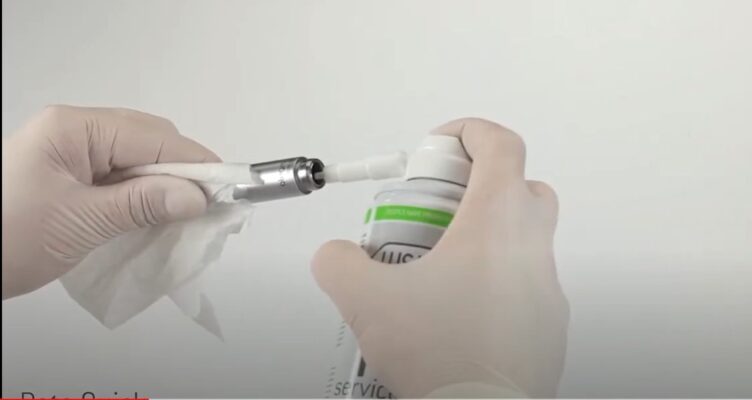
To purge and lubricate remove the bur from the handpiece and scrub the handpiece with a suitable instrument using heat (not boiling) water. Never by ever submerge the handpiece. Clean the handpiece thoroughly using gauze or paper towel or air syringe. Then use a lubricant to lubricate the floor, using the most effective oil. Insert bur into handpiece’s head, connect handpiece to tubing, and go for five minutes to fully eliminate particles as well as additional fluid.
10. Do not surpass 275 F (135 C) within the sterilizer.
Dental handpiece makers and most dentists’ associations like the Facilities for the Management and Prevention of Illnesses recommend sterilization with warmth among patients who need, it to protect from spreading infection. Handpieces currently in production are thought to be as heat-resistant or may be modified to allow heat processing. Chemical vapor sterilization and autoclaving are considered acceptable options for heat sterilization, provided that temperatures aren’t greater than 275 F (135o C).
In this blog, you will have the best tips and tricks for the best maintenance of the handpiece.

